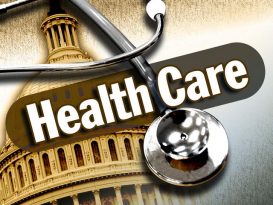Social Determinants of Health Generate Drastic Cost Reductions
New research released by WellCare Health Plans, Inc. and the University of South Florida (USF) College of Public Health, Tampa, and published in Population Health Management, reports that healthcare spending is substantially reduced when people are successfully connected to social services that address social barriers, or social determinants of health, such as secure housing, medical transportation, healthy food programs, and utility and financial assistance.









